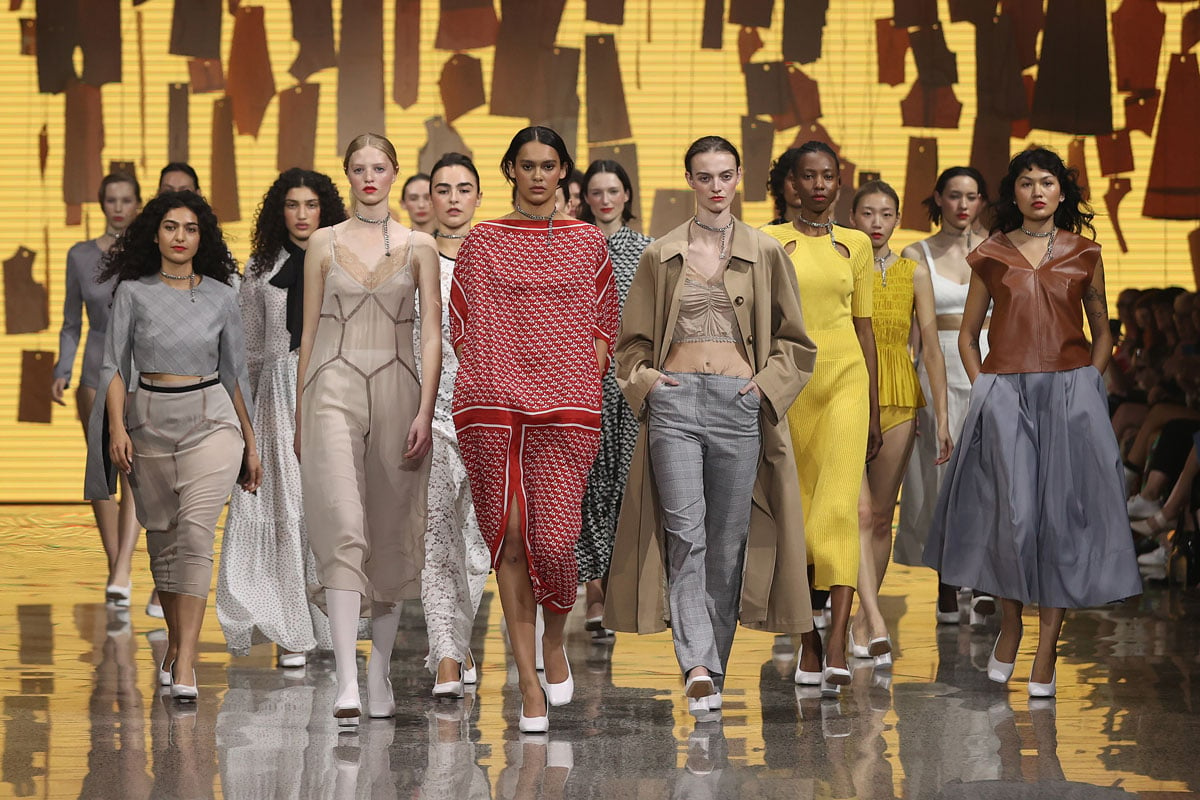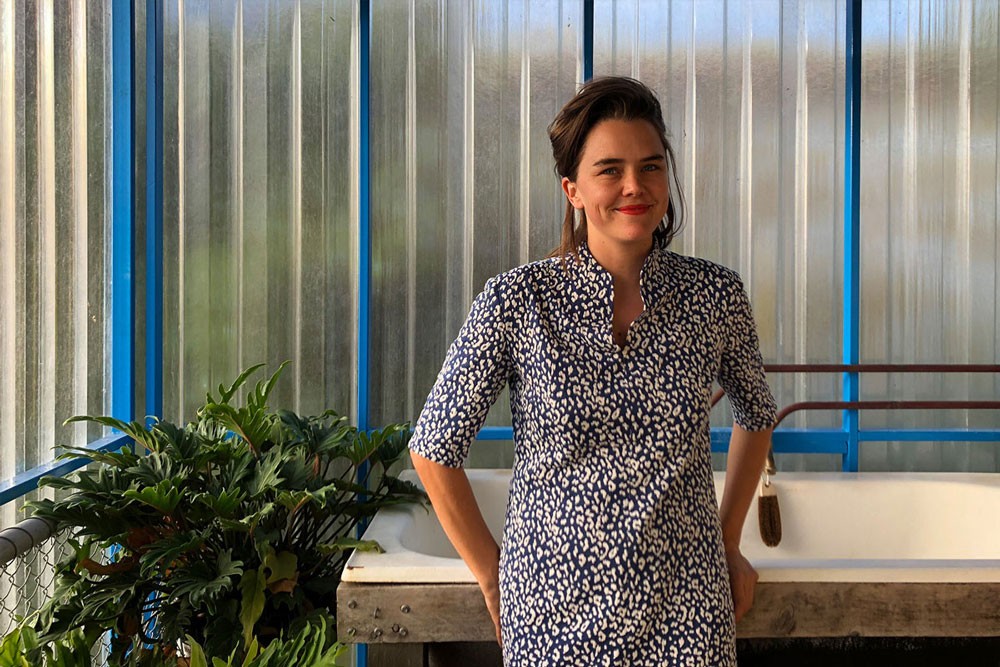
What is Clean Clean Clean all about? How did it come to be?
At architecture school one day someone was talking about ‘getting a job’, like a real job, as an architect. Which seems like a perfect lineage to studying architecture, but I guess I hadn’t given it much thought. And they said, whatever you do, don’t get stuck just doing bathrooms! Reciting some awful tale of a graduate stuffed into a small window-less office, with the task of partitioning toilets for a few years. I remembering feeling horrified. No one wants to be stuffed in a cubical! But to me, what was worse than that, was the suggestion that bathrooms were not worth an architects time, as if they were inferior in some way. Which I thought was just hilarious, I still do. If bathrooms aren’t worth an architects time, what was? No one reading this has not gone to the bathroom today, it is essential to our daily operations. Not only can we not live without it in the modern world, but it's also one of the most intimate and spatially complex spaces we engage with. Whether you're at home or out in public, you are performing a very intimate act, and I think it needs serious architectural consideration.
So I started to think and write about them whenever I could. Every time I worked on something related to the bathroom, I had this overwhelming sense that this was just the beginning of what could be a very expansive and thorough investigation. The scale and complexity could allow you to examine all of the instruments that accompany the task of bathing or being clean and how the body operates within it. That level of detail just isn't something you have time for on the scale of a whole building. Somewhere in those early days of interest I also read Alexandra Kira’s 1979 book, ‘The Bathroom’ which took me over the edge. I just loved it, and it sealed my long-lasting love for the bathroom.
Essentially it’s a platform for me to think about the bathroom and everything in it. It’s quite vague and moves between mediums, but I quite like that ambiguity, it feels very expansive to me while still being incredibly specific. I feel as though I am only just getting started, there is so much work to be done! The toothbrush cup was an initial place of inquiry because I was sick of the slimy cup in my bathroom. As an object, it undermines the pursuit of clean by collecting and incubating forgotten drops of water, dried clumps of toothpaste, salvia and dust. I hardly ever go into a domestic bathroom without spying a cup, and they’re always filthy. The toothbrush shelf has been designed to combat the constraints of the vessel, and allow brushes to be hung up to dry.
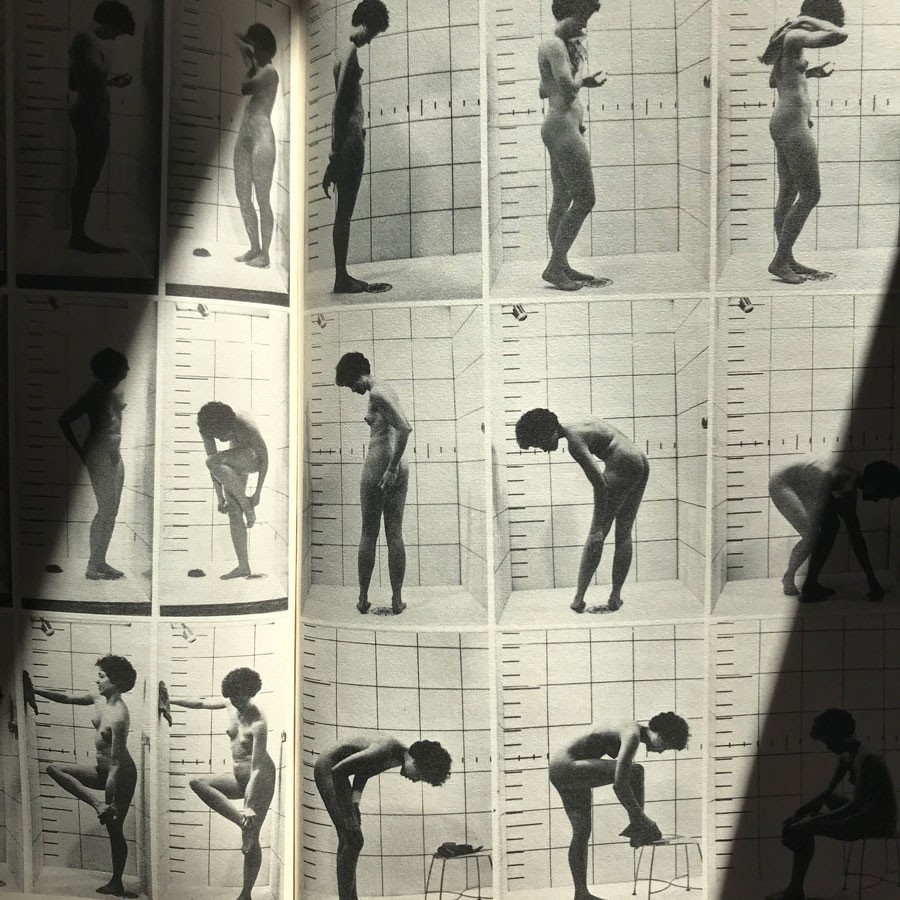
Alexander Kira, The Bathroom
Shelves are one of my favourite things, I love utility and you have totally nailed that for me with CLEANCLEANCLEAN shelves, what values do you have in mind when you are designing?
CLEANCLEANCLEAN is a research project, so above all, it has to be responding to an inquiry, and not just be replicating something that already exists. Unless of course, the thing that exists is perfect already! But I would argue that almost everything in the bathroom needs to be reviewed.
The bathroom is a space that has the very unusual task of being exposed to moisture all the time. Architects work very hard to keep water and moisture out of a house, but the bathroom is constantly undermining this on the daily! So materials are a very important part, they have to withstand the moisture long term. But for me, not only does it have to work in a very complex environment, but it also has to be sustainable. This means working with recyclable and renewable materials as well as re-using existing materials to support the ideas. I researched the best way to hold a bar of soap, and it lead me down this great path, but I can’t find a sustainable material to support the idea. So it sits on the shelf for now.
Making things locally is also very important, utilising local knowledge and resources. Living in Whanganui is great for that because there is so much accessible industry on offer. You can get anything you want made, and the people making it are hugely generous with their time and energy.
Introducing colour is also a key part of the project. I find it deeply upsetting that most bathroom fittings are monotone. I spend many wistful hours looking over old basins and bathrooms that have a palette and personality from days gone by. Lay your eyes over Peter Greenaways short film, ’26 Bathrooms’ it’s a luxurious glimpse at the spatial possibilities.
How many prototypes went onto the scrapheap before you reached peak shelf?
I drew hundreds of ideas first because it didn’t cost me anything. Once I narrowed the idea down to a sheet metal I was able to work with paper and cardboard as it was a cheap and compostable way to test the idea. It also resembled the product enough that it could generate accurate representations. I spent heaps of time getting the dimensions just right, I bought all the toothbrushes I could find to make sure all of them would fit. There were maybe 30 or 40 cardboard shelves before I came to the final configuration. So by the time I came to manufacture the product, there were only 2 iterations. Those two changes at the end were about understanding the tools that were used to construct the product and adapting the design to accommodate for efficiency.
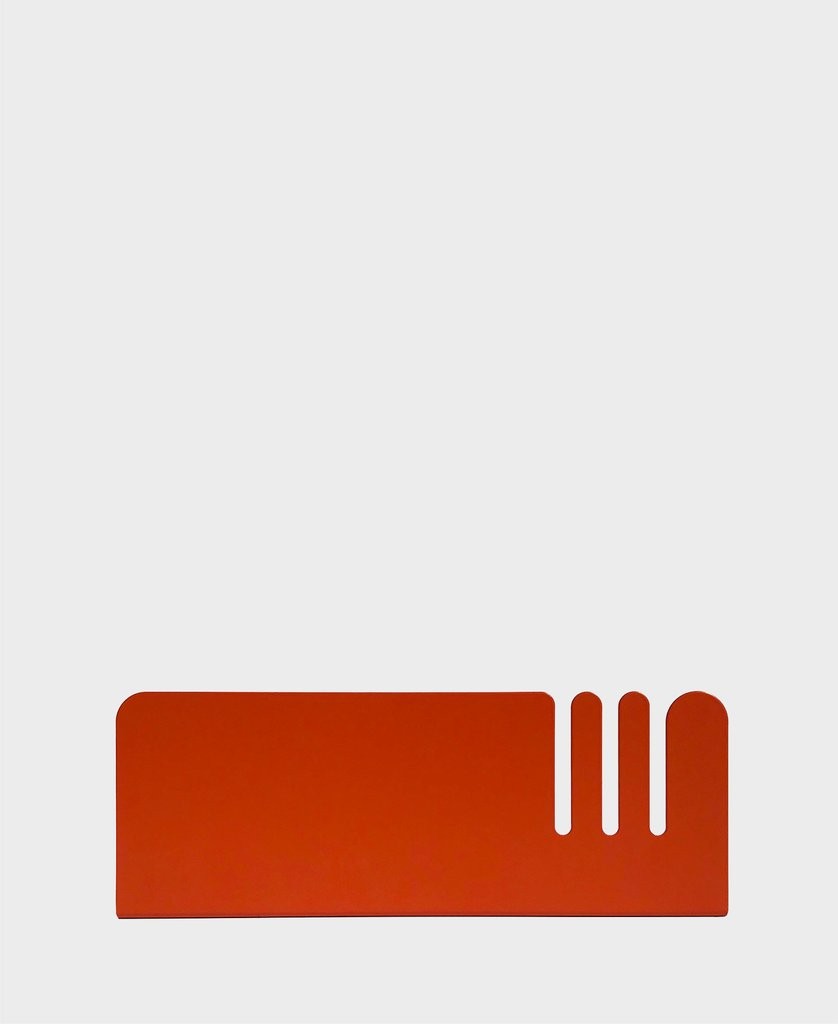
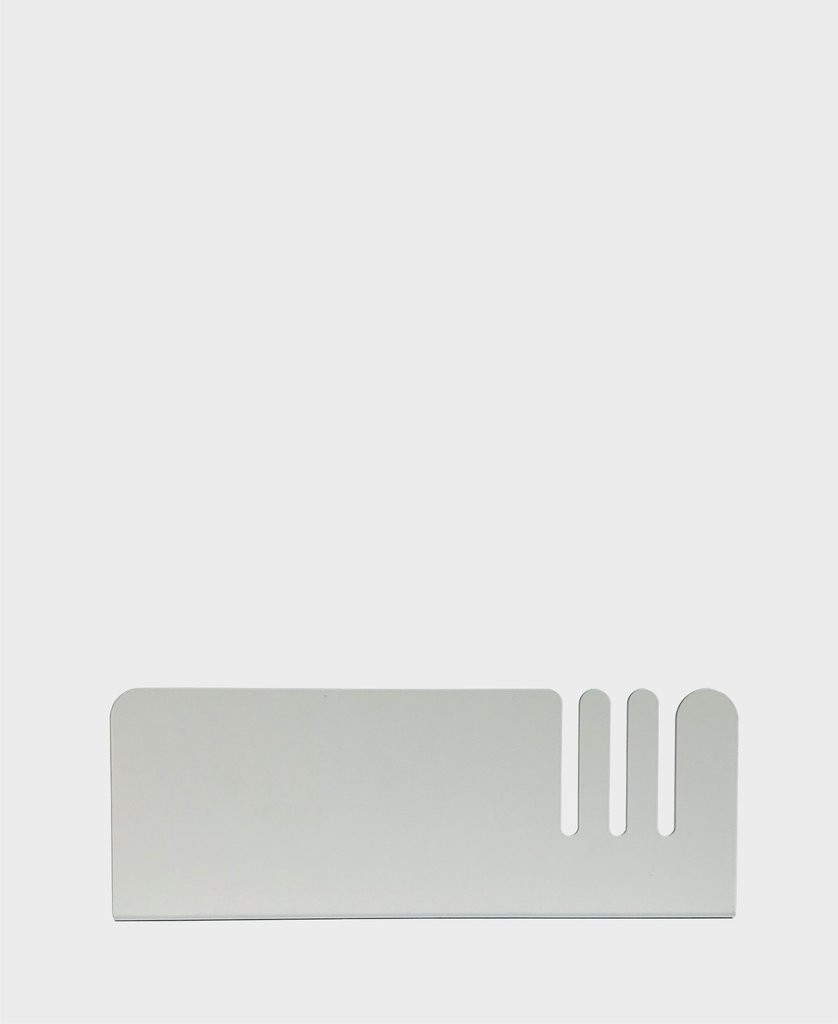
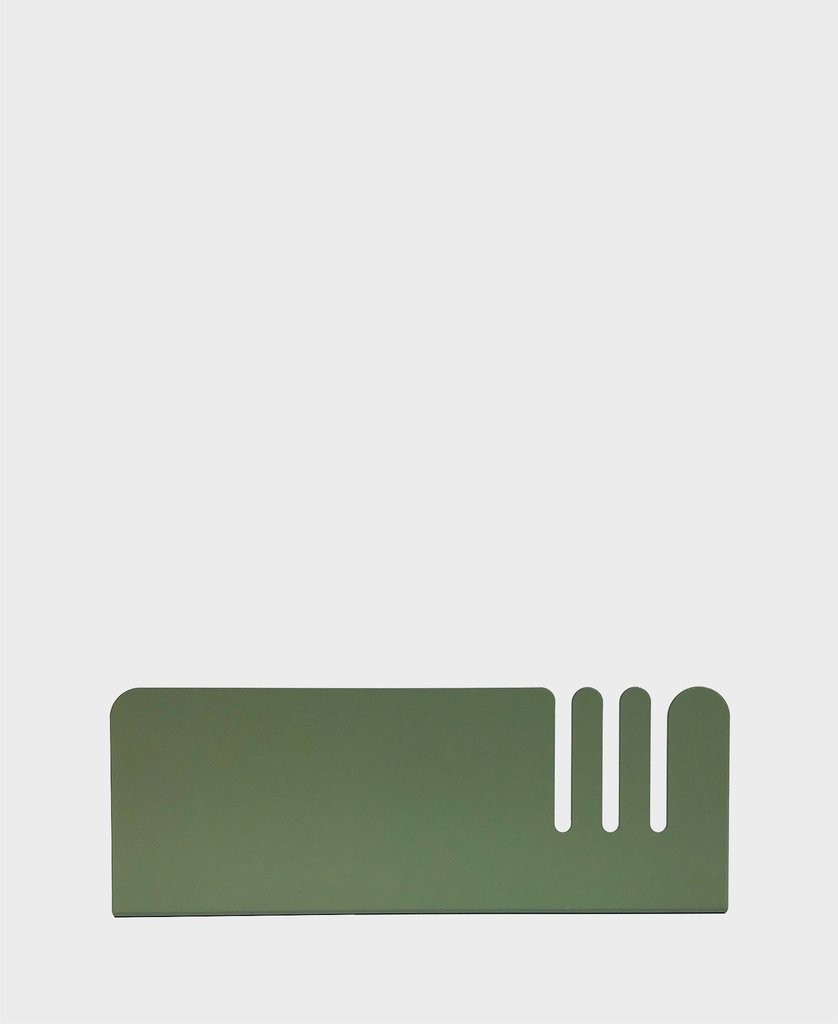
What’s your daily skin/hair/health routine?
I keep it pretty simple. I use SANS Ceuticals Activator 7 Body and Face oil, and their lip balm too. If I can find my hairbrush or a clip I’ll use it, although most days they escape my reach. I suspect they scheme together and walk around in the middle of the night, they’re never where I left them.

Are you developing any new products or working on any new research?
I have a couple of projects that I’m working on, although they all move pretty slowly. I accumulated some materials that were going to waste on a building site, and have designed a way to hold toilet paper that will utilise these. I’m also designing custom a basin unit for some really incredible and very patient clients, which I’m really excited about. My next research focus for a product will be a study on how to best hang a towel, which I am looking forward to enormously! There’s also that darn soap holder...
What does your community look like, who do you lean into for inspiration and advice?
I spend most of my week working as an architectural graduate and have a strong and incredibly talented group of friends who support me to understand how things go together. Most of the week I'm trying to figure out a detail or do something I don't know how to do, and they are so consistently available and generous with their time.
Hannah Broatch from Klay, who is also an architectural graduate, has been supporting my business from day one and is always on the other end of the phone when I'm feeling lost. Georgia Jay is an old friend, and I'm often asking for advice for the most mundane business-related thing, and she always makes the time. It makes such a difference because there are so many aspects of running a business, these connections and snippets of advice make it seem less scary.
Eileen Gray has always been a major influence in my design life. I wrote my thesis on her work, trying to understand more about how she designed. The house she built with Jean Badovici, E1027, is perfection. I have also had some really amazing and influential mentors throughout my life so far. Rachel Carley was instrumental to my education and understanding of space, she's one of the most incredible women I've ever met. Felicity Wallace, who I have worked with at various times since having kids, has been a huge inspiration. She's a powerhouse and I admire everything she does
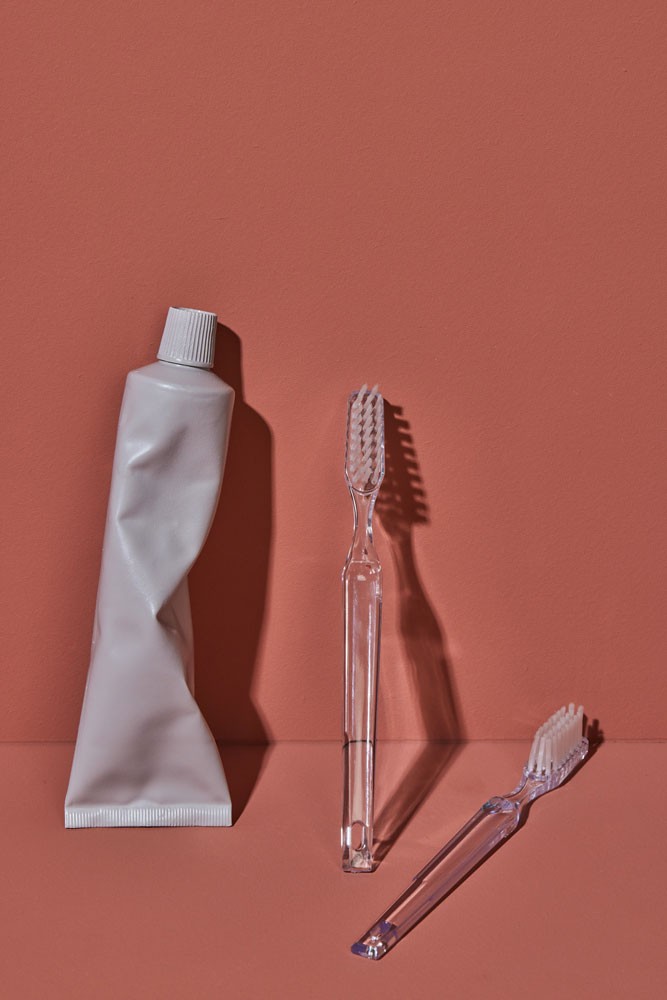
What’s on your shower shelf?
Toothbrushes, always. I also recently bought some shampoo and conditioner bars from Sphaera’s new haircare range, and my hair is much happier because of it :)
A hairstyle or fashion look that you will never repeat OR can’t wait to repeat?
Lauren Bacall has the best style of all time, without question. If I could get that kind of hair I would repeat it all day every day. Although I probably need to find my hairbrush first.


